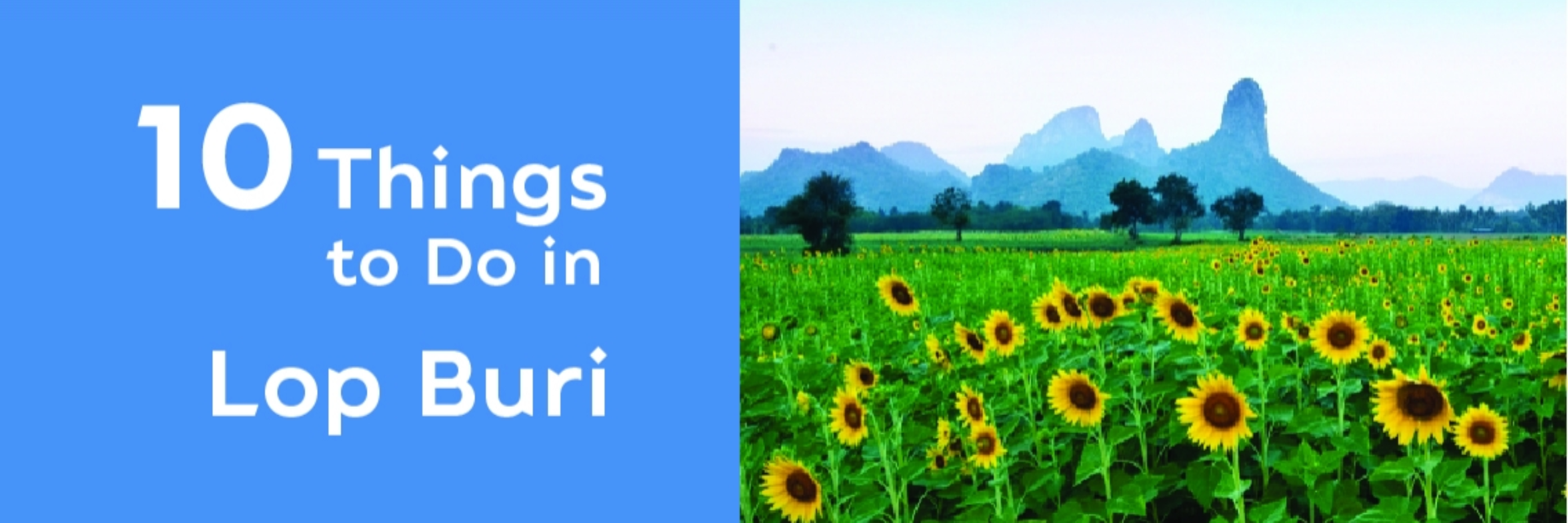Details
1. King Narai’s Palace and Somdet Phra Narai National Museum

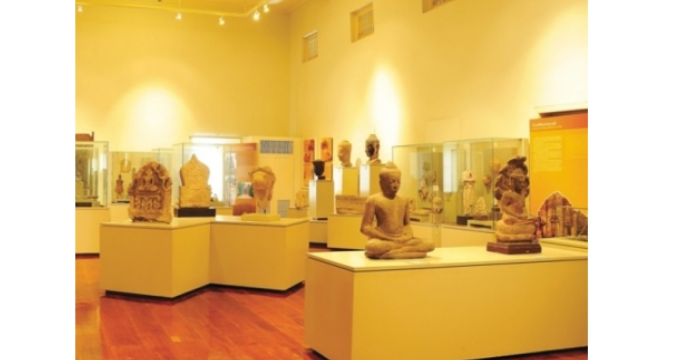
King Narai’s Palace and Somdet Phra Narai National Museum (พระนารายณ์ราชนิเวศน์ และพิพิธภัณฑสถานแห่งชาติ สมเด็จพระนารายณ์) is an important palace of Thai history. It was designed and constructed by French and Italian engineers. The artefacts are displayed in the buildings of the Palace and different pavilions in the Museum. It is open from Wednesday to Friday and closed on Monday and Tuesday.
Location: Tambon Tha Hin, Amphoe Mueang Lop Buri, Lop Buri province.

2. Phra Kan Shrine and Phra Prang Sam Yot
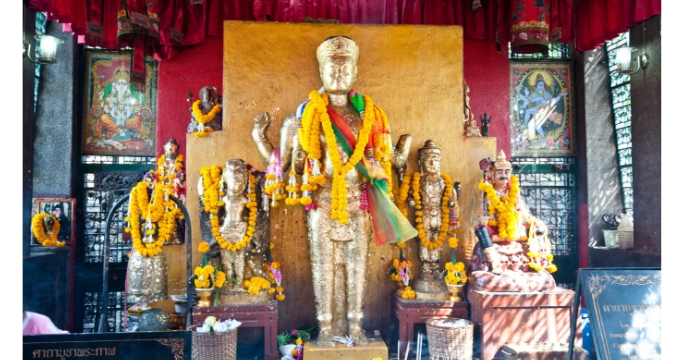
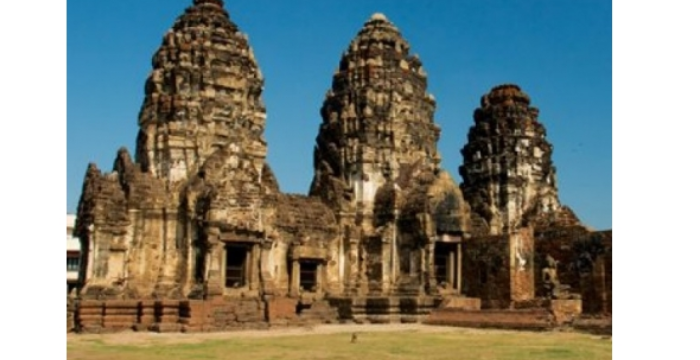
Phra Kan Shrine and Phra Prang Sam Yot (ศาลพระกาฬ และพระปรางค์สามยอด). Phra Kan Shrine, a main shrine of Lop Buri province, is a place that people come to ask for blessings and watch the monkeys in their adorable behaviour. Phra Prang Sam Yot, an outstanding landmark of Lop Buri, is a Bayon- Khmer art style stupa featuring three prang towers connecting to each other in the same line.
Location: Tambon Tha Hin, Amphoe Mueang Lop Buri, Lop Buri province.

3. Wat Phra Si Rattana Mahathat
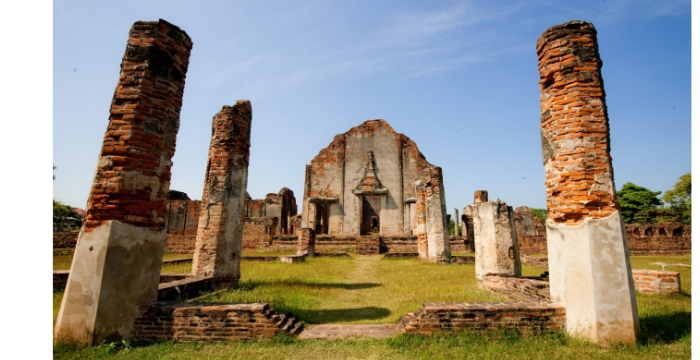
Wat Phra Si Rattana Mahathat (วัดพระศรีรัตนมหาธาตุ) Pay respect to the Buddha’s relics enshrined by the main prang, which is the first Thai architectural prang and a prototype of many prangs in the Ayutthaya era. The highlight is the prominent and rare style of the star fruit shaped stupa.
Location: Tambon Tha Hin, Amphoe Mueang Lop Buri, Lop Buri province.

4. Luk Son Chinese Shrine
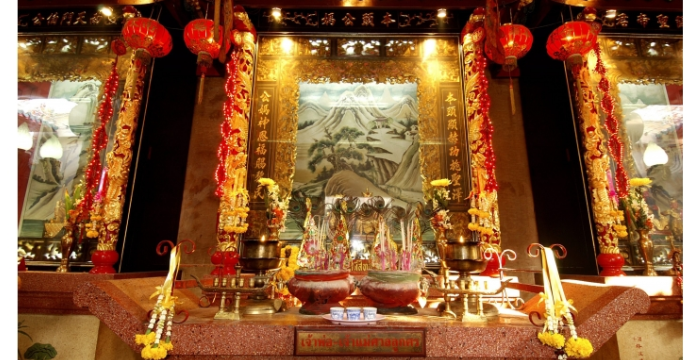
Luk Son Chinese Shrine (ศาลลูกศร) Pay homage to the statues representing Chinese gods; for example, Pun Thao Kong, Pun Thao Ma, Chao Pho Guan U, and Chao Pho Khao Tok and visit a sacred stone immersed in water in which the Lop Buri people believe it is an arrow of Phra Ram. If the water soaking this stone dried up, Lop Buri would be on fire.
Location: Tambon Tha Hin, Amphoe Mueang Lop Buri, Lop Buri province.

5. Ban Luang Rap Ratchathut (Ban Wichayen)

Ban Luang Rap Ratchathut (Ban Wichayen) บ้านหลวงรับราชทูต (บ้านวิชาเยนทร์) Witness the magnificent architecture in a combination of the Renaissance and Thai styles in the reign of King Narai the Great.
Location: Tambon Tha Hin, Amphoe Mueang Lop Buri, Lop Buri province.

6. Namtok Wang Kan Lueang Aboretum
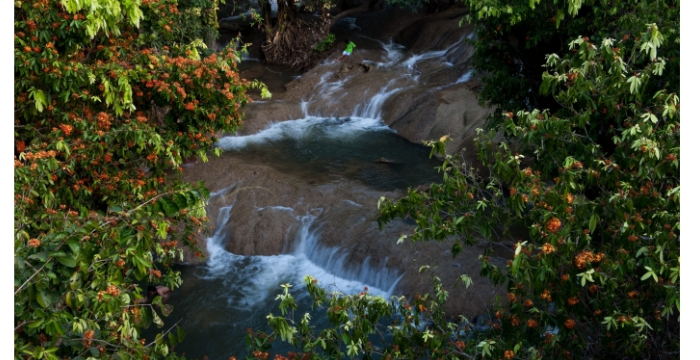
Namtok Wang Kan Lueang Aboretum (สวนรุกขชาติน้ำตกวังก้านเหลือง). This waterfall came from a large spring emerging from underground and meandering along the sloping path to converge at the reservoir and overflow from the head spring to clash with the rock cliff and became a beautiful extensive descending waterfall of more than 3 kilometres with water all-year round. For more information, please call Tel. 08 3963 0305.
Location: Tambon Tha Din Dam, Amphoe Tha Luang, Lop Buri province.

7. Pa Sak Jolasid Dam
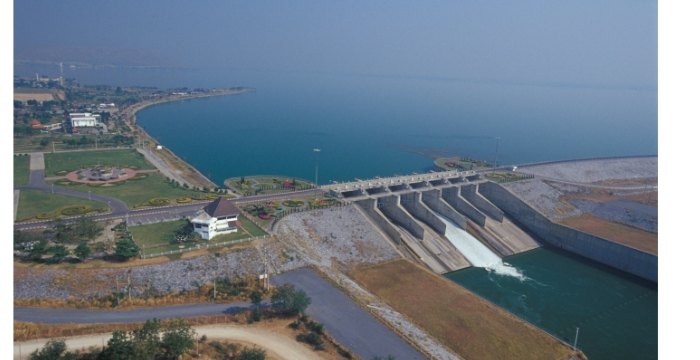
Pa Sak Jolasid Dam (เขื่อนป่าสักชลสิทธิ์) The Dam was built as part of the Maenam Pa Sak Royal Development Project according to King Bhumibol Adulyadej’s initiative to prevent flooding and royally bestowed the name Pa Sak Jolasid Dam meaning the dam that can contain water efficiently. It is the longest earthen dam in Thailand providing a viewpoint of a railway of the Northeastern route running past. When the train stops, you can see the view like a train floating on a river. It also features the Pa Sak Basin Museum, Chaloem Phrakiat Tower, restaurants, souvenir shop, accommodation, and camping area. There is a locomotive train for sightseeing the scenery along the dam’s ridge where visitors can cross to the side of Amphoe Wang Muang in Saraburi province to pay respect to the Buddha image, Phra Phuttharattanamani Mahabophit Cholasit Mongkhon Chai (Luangpu Yai Pa Sak). For further details, please call Tel. 0 3649 4243
The train stop of Pa Sak Jolasid Dam is managed by the State Railway of Thailand and is located at the entrance of the Dam as part of the Northeastern train route. It was built for tourism promotion. At this stop, there is a special tourist route, Bangkok-Pa Sak Jolasid Dam, which will be opened annually in the high tourist season during November to January.
Location: Tambon Nong Bua, Amphoe Phatthana Nikhom, Lop Buri.

8. Sunflower Field, Lop Buri
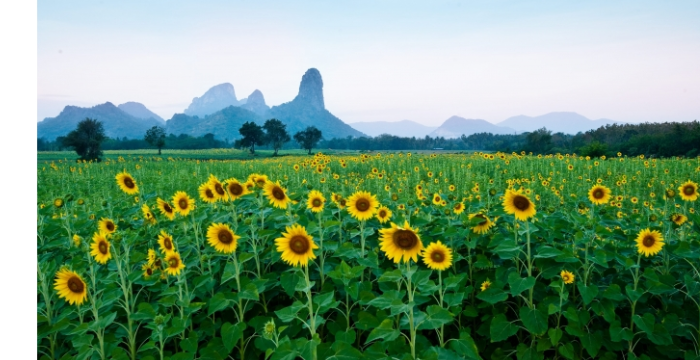
Sunflower Field, Lop Buri (ทุ่งทานตะวันบาน จังหวัดลพบุรี). This attraction has the most sunflower plants in the country, covering approximately 200,000-300,000 rai. The sunflowers will blossom during November – January. The plant is xerophyte or drought-resistant that farmers grow to replace corn. Sunflower seeds provide good nutrients; they are most likely to be extracted for cooking oil, roasted for eating, or used as part of cosmetic compositions as well as used for raising bees as an additional occupation, which results in producing honey from sunflowers.
The sunflower plantations are found widespread in Amphoe Mueang Lop Buri, Amphoe Phatthana Nikhom, and Amphoe Chai Badan; mostly grown in the area of Khao Chin Lae near Wat Welu Wan, Tambon Khok Tum, Amphoe Mueang Lop Buri.

9. Military attractions
Military attractions (แหล่งท่องเที่ยวเขตทหาร) Lop Buri is known as a “Military town” because there are many military units situated in this area. The town has been the country’s important strategic location since ancient times. For this reason, it was chosen to be the second stronghold of the country since the Ayutthaya period. The tourism development in the military area of Lop Buri was clearly evident in the period of General Po Phibulsongkhram serving as Prime Minister. Consequently, military affairs in Lop Buri became important secondly after Bangkok. The interesting tourism activities in the military areas include the Special Warfare Command (Camp A03), Artillery Centre, Army Aviation Centre, 13th Military Circle, etc.
Location: Amphoe Mueang Lop Buri, Lop Buri province.

10. Ban Suan Khwan
Ban Suan Khwan (บ้านสวนขวัญ) Sip coffee by the canalside, cruise and admire nature, the way of life along the river, and local culture. Visit ancient wooden houses and listen to the story of Khlong Bang Kham. Learn local wisdom, especially, observe how to make soybean milk batik cloth, visit the local living agricultural museum, and enjoy handicraft of wicker baskets that have been transformed to be a five-star OTOP product.
Location: Bang Kham, Amphoe Ban Mi, Lop Buri province.


